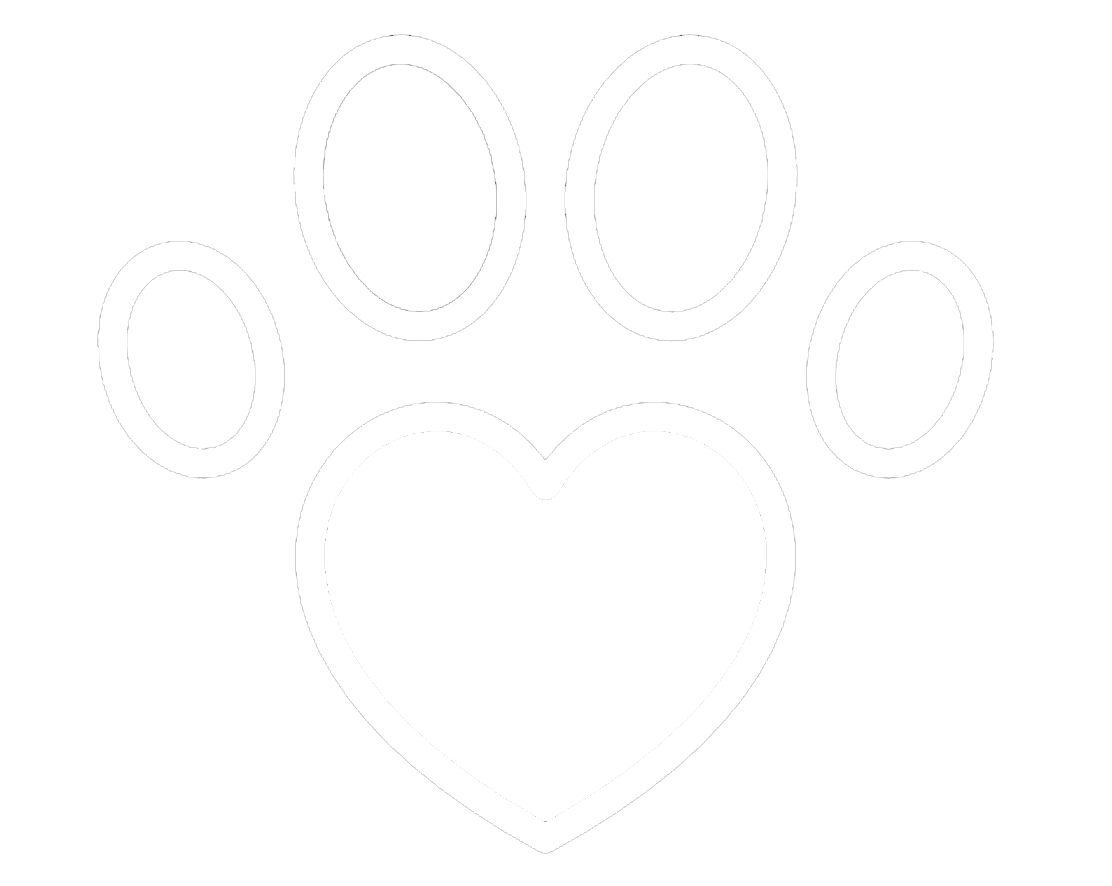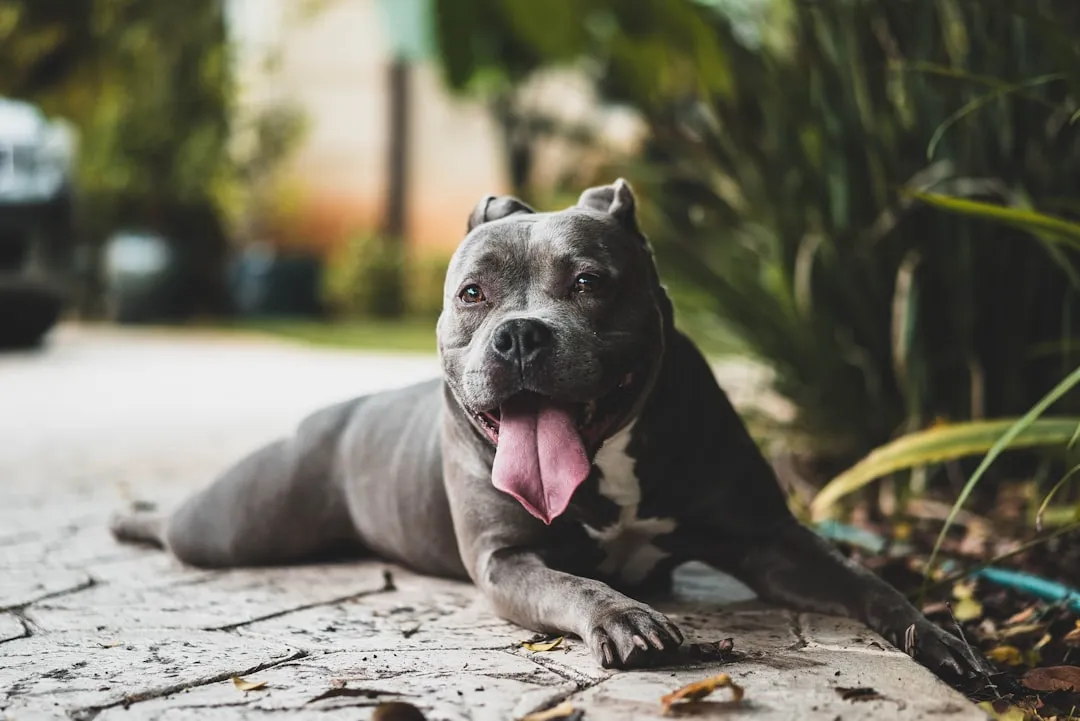When it comes to our beloved canine companions, ensuring their safety and comfort is a top priority. One of the most essential accessories for any dog is a collar. Not only does it hold vital identification information, but it also reflects your dog’s personality and style. With so many options available, selecting the perfect dog collar can be overwhelming. Here’s a comprehensive guide to help you make an informed decision.
## **Why Is a Dog Collar Important?**
– **Identification**: A collar provides a place to attach ID tags, which can be crucial if your dog ever gets lost.
– **Control**: Collars are necessary for attaching a leash and maintaining control during walks.
– **Training**: Certain collars are designed to aid in training, helping to correct behavior issues.
## **Types of Dog Collars**
Understanding the different types of collars can help you choose the best one for your dog’s needs.
### **1. Flat Collars**
These are the most common type of dog collars. They are adjustable and come in a variety of materials, including nylon, leather, and fabric.
– **Pros**: Easy to put on and take off, affordable, and widely available.
– **Cons**: Not ideal for dogs that pull heavily on the leash.
### **2. Martingale Collars**
Often used for training, martingale collars tighten when the dog pulls but are designed to prevent choking.
– **Pros**: Provides more control without choking, ideal for dogs with narrow heads.
– **Cons**: Should not be left on unattended dogs as it can get caught on objects.
### **3. Harnesses**
Though not a collar, a harness is worth mentioning. It fits around the dog’s body, distributing pressure more evenly.
– **Pros**: Better for dogs with respiratory issues, offers more control without straining the neck.
– **Cons**: Can be bulkier and more challenging to put on.
### **4. Head Collars**
These resemble a horse halter and fit around the dog’s muzzle and neck.
– **Pros**: Excellent for training, provides control without pulling.
– **Cons**: Dogs may initially resist wearing them.
## **Materials Matter**
The material of the collar can affect its durability and comfort.
– **Nylon**: Lightweight and affordable, comes in many colors and patterns.
– **Leather**: Durable and stylish, but can be more expensive.
– **Biothane**: A synthetic material that’s waterproof and easy to clean.
## **Choosing the Right Size**
An ill-fitting collar can cause discomfort or even injury. Here’s how to ensure a good fit:
1. **Measure Your Dog’s Neck**: Use a flexible tape measure to find the circumference of your dog’s neck.
2. **Adjustability**: Allow for some adjustability. The collar should be snug but not tight; you should be able to fit two fingers between the collar and your dog’s neck.
## **Style and Safety Features**
When it comes to style, the sky’s the limit. From fun patterns to personalized options, the right collar can showcase your dog’s personality. However, don’t overlook safety features:
– **Reflective Strips**: Ideal for dogs that walk in low-light conditions.
– **Quick-Release Buckles**: Allow for fast removal in emergencies.
– **Breakaway Collars**: Designed to release if the collar gets caught, preventing choking.
## **Final Thoughts**
Choosing the right collar for your dog is more than just a fashion statement. It’s about ensuring their safety, comfort, and well-being. Whether you opt for a classic flat collar, a functional harness, or a training-focused martingale, consider your dog’s specific needs and lifestyle. By keeping these factors in mind, you can find a collar that both you and your furry friend will love.
Remember, a well-chosen collar is a simple yet effective way to keep your dog safe and stylish on every adventure!

